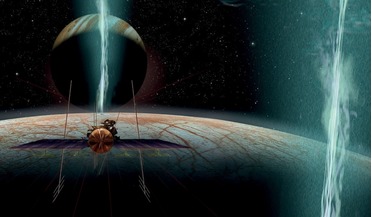 March 2018
Plumes on Europa - tasting an extra-terrestrial ocean
March 2018
Plumes on Europa - tasting an extra-terrestrial ocean
..., the flux is sufficiently high to detect the particles. Detection is possible even though we have restricted the simulation to plumes that expel 1 kg of water per second, which is significantly less than what could be derived from the observation...
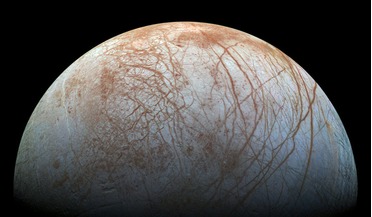 14 May 2018
Best evidence yet for plumes on Europa
14 May 2018
Best evidence yet for plumes on Europa
...more could an astrobiologist ask for?! Verifying the existence of the plumes is therefore of utmost importance and that proof is one step ...with the perturbations expected if the spacecraft crossed a plume rising above the nearby surface," say the team...
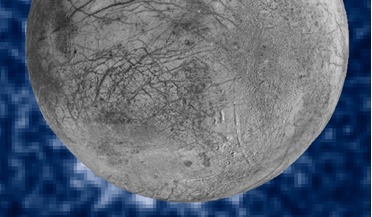 27 September 2016
Astronomers observe possible water vapour plumes on Europa
27 September 2016
Astronomers observe possible water vapour plumes on Europa
... Hubble Space Telescope. Researchers suspect that the high altitude plumes consist of water vapour, fed from a huge global ...the second moon in the solar system known to have water vapour plumes. The other is Saturn's moon Enceladus, which In 2005, was...
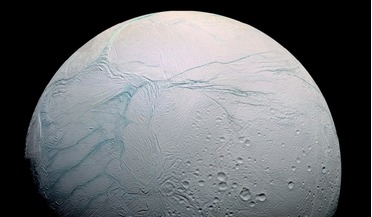 October 2018
Looking for life on Enceladus with IceMole
October 2018
Looking for life on Enceladus with IceMole
... this small moon may provide the answer - plumes. By landing a small probe near a plume and accessing the liquid water right under it, ... system concept for a mission to land near a plume at Enceladus and deploy a manoeuvrable sub-glacial melting probe...
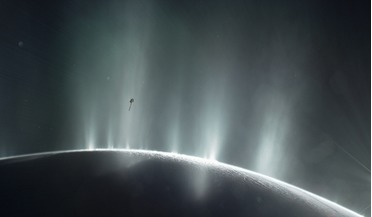 14 April 2017
Cassini finds evidence for hydrothermal vent activity on Enceladus
14 April 2017
Cassini finds evidence for hydrothermal vent activity on Enceladus
...researchers have determined that nearly 98 percent of the gas in the plume is water, about 1 percent is hydrogen and the rest is... contain these two elements. Not only that, but the plumes on Enceladus are associated with hotter regions on the moon....
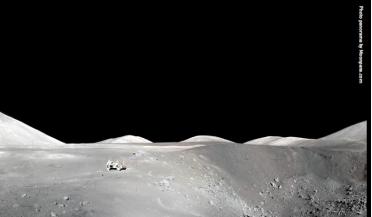 October 2024
Lunar construction with regolith and robots
October 2024
Lunar construction with regolith and robots
... for missions including Mars Sample Return. A critical aspect of its work involves the simulation and validation of plume-structure interactions using advanced computational tools A critical aspect of its work involves the simulation and validation...